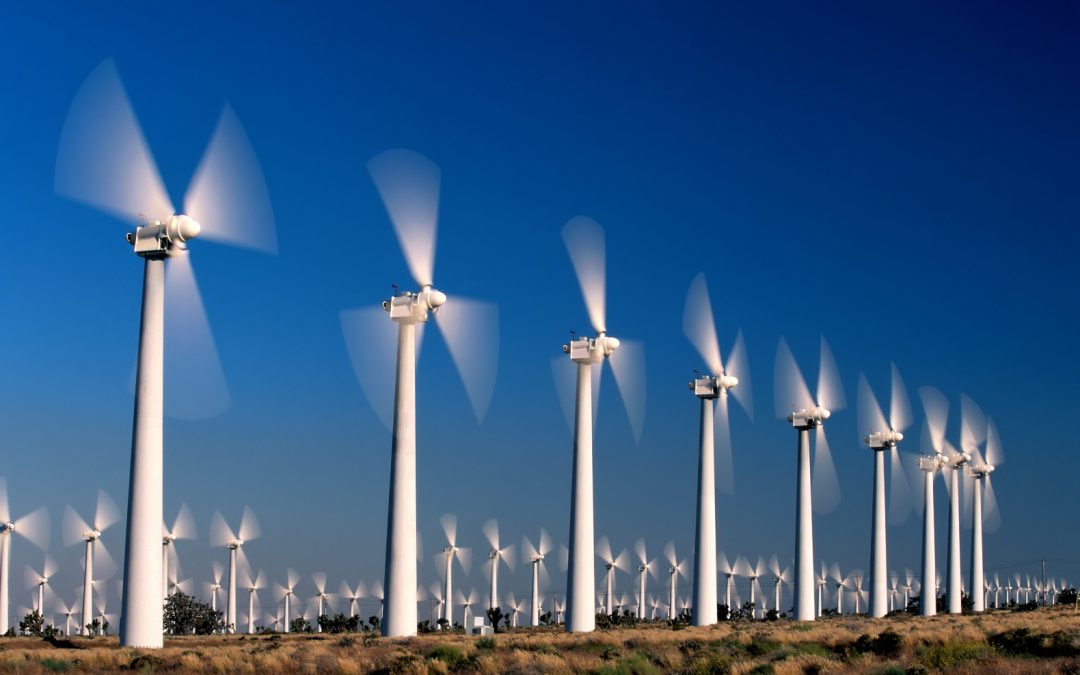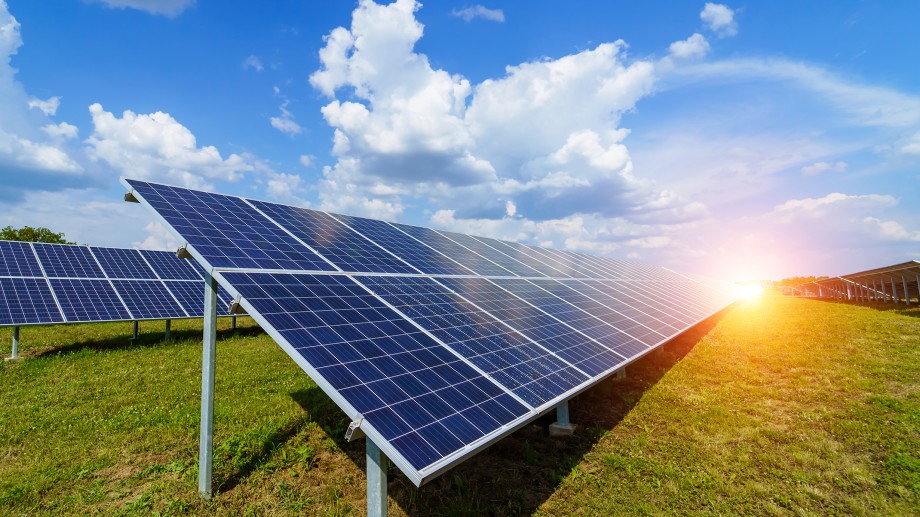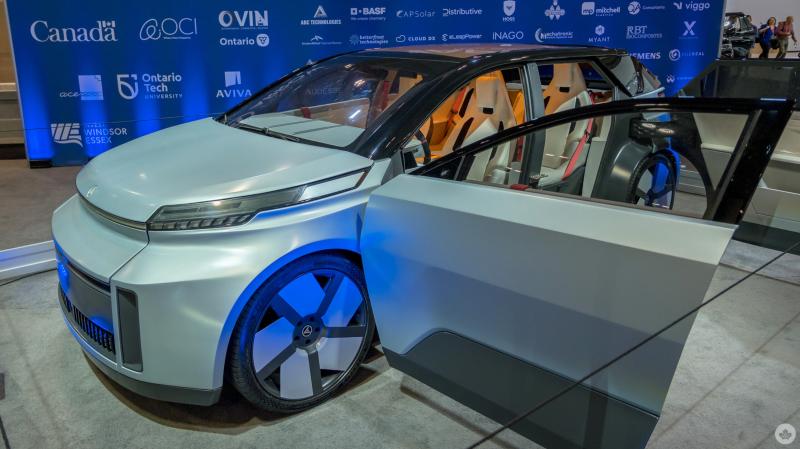Uruguay is now in the in world’s top posicion on green energy producing country in 2022 , Uruguay become a global leader in green energy, currently generates near 100 percent of all electricity from renewable sources, primarily wind, hydropower, solar and biomass.
Uruguay generates a surplus of electricity due to an excess of wind-power capacity. The country seeks to identify additional domestic uses for excess electricity and potentially increase exports to Argentina and Brazil. According to 2021 data from the Ministry of Energy and Mines, Uruguay generated 14.04 TW of electricity (a 20 percent increase from 2020), 1119 TW for internal demand and exported 2,200 MW to Brazil plus 627 MW to Argentina.
This represents $529 million in electricity exports for the country and was one of the largest amounts of electricity exported since 2014, making electricity Uruguay’s sixth most exported product for the year. These increases were primarily due to a severe drought adversely affecting generations in other parts of the region.
One of the limiting factors for electricity exports to Brazil are the number of cross-border connections, currently 570 MV from Melo and 70 MV from Rivera. The connection to Argentina has historically gone through the binational Salto Grande hydroelectric plant.
Leading Sectors
Hydrogen
In 2021, Uruguay’s Ministry of Industry, Energy and Mining (MIEM), the state oil and gas company (ANCAP), the state electricity company (UTE) and other public entities developed a National Green Hydrogen Strategy. The Government of Uruguay (GOU) made green hydrogen a key component of its overall sustainability program and is committed developing the regulatory regime, streamlining the permitting process, creating attractive incentives, and analyzing the necessary infrastructure. The government estimates the green hydrogen industry could potentially generate $2.1 billion per year by 2040 from the sale and export of green hydrogen and derivative products.
In July 2021, Uruguay launched a Green Hydrogen Roadmap in which the national research and innovation agency (ANII) called for production-focused green hydrogen R&D pilot projects. The GOU established a $10 million grant to for these projects which must include production, distribution, and off-take. The project stipulates use of electrolyzers with 1.5+ MW in capacity that must be in operation before 2025.
Hydroelectric
Uruguay’s hydroelectric generation capacity is 1,500 megawatts (MW) from four hydroelectric plants: Salto Grande (Salto), Palmar/Constitución (Rio Negro/Soriano), Rincón del Bonete (Tacuarembó/Durazno) and Baygorria (Rio Negro/Durazno). Hydroelectric capacity is unlikely to grow given that the country is already producing an electricity surplus, however Uruguay has started a modernization and renovation processes for its Baygorria and Salto Grande hydroelectric facilities. It is the first full renovation and modernization undertaking of the two facilities since their constructions in 1960 and 1979, respectively.
Salto Grande is the larger of the two projects and the renovation will have three stages that span thirty years. The first phase covers 2019-2024, with an IDB confirmed investment of $80 million. The subsequent stages represent an estimated $880 million investment.
State-owned electric company, UTE, launched a $50 million Baygorria hydroelectric plant modernization project in November 2019. Multiple public tenders exist related to these hydroelectric renovation projects.
Wind
Wind generation is also a significant source of electricity in Uruguay. At the towers’ maximum heights of 90 meters, the average speed of the wind is 6 to 9 meters/second. Uruguay has more than 1,525 MW of installed wind capacity representing about 30 percent of the country’s total electricity generation. Today, Uruguay is one of the world leaders in wind power production, alongside Denmark, Ireland, and Germany. Wind energy development exceeded initial projections and the country currently has a surplus of wind generation capacity. The Government does not expect to increase wind infrastructure in the short term, although the government identified offshore wind as a key generation component for future green hydrogen production.
In 2021 the Uruguayan state-owned oil refinery, ANCAP, launched its “H2U Offshore” project to facilitate the production of green hydrogen from renewable sources, particularly offshore wind farms. The project seeks to further position Uruguay as a leader in green energy as the country looks to achieve carbon neutrality by 2050. ANCAP plans to offer between 8 to 16 blocks off the coast of Uruguay for the development of wind farms.
The first block is located more than 10 km from the Uruguayan coast at a depth of between 10 and 30 meters. The second block is located more than 100 km from the Uruguayan coast with a maximum depth of 50 meters.
The concession of the blocks will be for a term of 25 years and include the installation of the platform, the hydrolyzer, and green ammonia plant. ANCAP is interested in meeting multinational companies and private investors with experience in this field, as well as large oil companies with experience in hydrogen production.
Companies must present a scope of work, that includes ANCAP participation in the project. When ANCAP believes it has enough interested parties, it will release a tender with bidding lasting from 8 months to a maximum of 2 years. The total cost of this project is estimated to be between $1 – 3 billion.
Solar
Legislative support for solar power has existed since 2013. Benefits are also available under the Investment Promotion Law that offers incentives for investing in solar manufacturing, systems implementation, and solar energy utilization.
There is a strong emphasis on local production and the priorities for solar energy include rural areas, particularly rural schools far from the electric grid, hospitals, hotels, sports clubs, and new public buildings. Uruguay receives an average 1,700 KW per square meter of sunlight a year, on a par with Mediterranean countries, although solar represents only a fraction of the country’s total electricity production.
The installed capacity of distributed solar generation was 2.69 MW in 2014 however it reached 261.7 MW in 2021, up from 258 MW in 2020.
Due to incentives for the development of solar projects, private companies, such as industrial facilities, are considering solar microgeneration. These projects complement battery storage systems, which are a way to store solar power generated during the day for later use during peak demand electricity hours when prices are high.
The state-owned electricity company UTE announced a new 100 MW solar generation project intended to be in place by 2026. The planning for this project will begin in 2023 and UTE will consider Power Purchase Agreement with private companies.
Read information on the government’s solar plan (http://www.energiasolar.gub.uy/).
Biomass
In 2021, biomass represented 41 percent of the total energy (versus solely electricity) supply in Uruguay, while oil and its derivatives were responsible for 42 percent. Uruguay’s high percentage of biomass energy generation is a result of cellulose industry expansion where energy is generated from wood waste products. Biomass energy producing companies not only use electricity for their own consumption but also sell electricity to the state-owned company UTE. Biomass is also used to generate biodiesel, bioethanol, and other biofuels.
Although forestry is the main source of biomass, Uruguay has other feedstock sources available from the beef industry and edible oils. Investments in biomass generation increased considerably in 2013, reaching more than 400 MW of installed power generation and has not increased since then. According to the 2021 annual report of Uruguay’s Electricity Regulation Unit (URSEA), biomass represented 7 percent of the total amount of electric generation, behind hydro (37 percent), wind (35 percent) and fossil sources (18 percent).
Opportunities
Further investments in power generation will be linked to increases in electricity regular demand and future projects related to hydrogen production.
The government is also strongly encouraging the production of green hydrogen and plans to make Uruguay a green hydrogen exporter. With a considerable oversupply of electricity, state-owned utility company UTE will prioritize investment in expanding and upgrading the national power grid versus increasing power generation capacity in the coming years. The need to upgrade Uruguay’s power grid will create opportunities in the transmission, smart grid, and battery storage sectors.
According to the Ministry of Industry, Energy and Mines, Uruguay’s electricity surplus can be consumed directly or used in green hydrogen production. The government has a number of incentive plans in place for the use of renewable energies in the transportation sector including tax incentives encouraging companies to transition vehicle fleets to electric vehicles.
Additionally, electric vehicles, renewable-energy generators and capital equipment can be imported into Uruguay duty free. In comparison, for conventional equipment an average of 14 percent duty applies to products that are not products of Mercosur countries.
Discover more from Green Innovation News
Subscribe to get the latest posts sent to your email.





